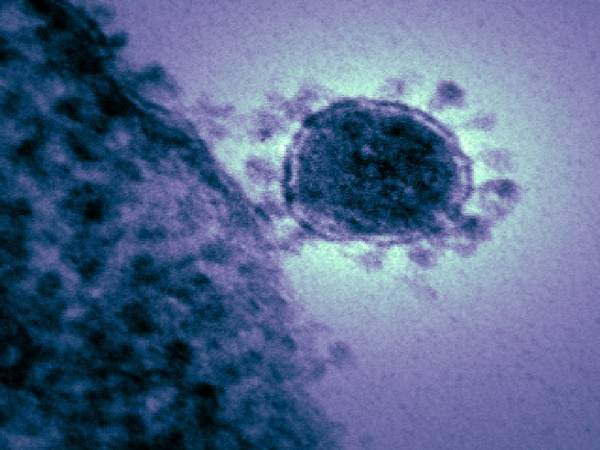FACTBOX-The virus that wears a crown: New China virus is part of coronavirus family

- Country:
- China
Here are some key features of coronaviruses and what we know about the new virus that was identified in the central Chinese city of Wuhan. * Coronaviruses are a family of viruses that get their name from what they look like under a microscope - they are spherical and their surfaces are covered with "crown"-like spikes.
* Coronavirus infections can lead to respiratory illnesses - some of which can be severe and deadly, such as Middle East Respiratory Syndrome (MERS) and Severe Acute Respiratory Syndrome (SARS), and some of which can be much milder, such as the common cold. * Coronavirus infections have a wide range of symptoms, including fever, coughing, shortness of breath and breathing difficulties. Severe cases can cause pneumonia, severe acute respiratory syndrome, kidney failure, and death.
* Coronaviruses are transmitted between animals and people and can evolve into strains not previously identified in humans. * Preliminary research has suggested that the Wuhan coronavirus may have made the jump into humans from snakes. But Chinese government medical experts have also suggested badgers and rats as possible sources.
* Like other coronaviruses, the new China virus is being transmitted from person-to-person via droplets when an infected person coughs or sneezes. It can also spread via contaminated surfaces such as door handles or railings. * Like the viruses that cause MERS and SARS, the new China virus is an RNA virus, which means it has RNA rather than DNA as its genetic material. This means the virus blends with its host's DNA, and also means it can mutate rapidly.
* Testing for the new China virus involves using a real-time polymerase chain reaction (RT-PCR), which identifies the viral RNA in a sample. These could be from a throat swab, a cough sample, or a blood sample if the patient is very ill.
(This story has not been edited by Devdiscourse staff and is auto-generated from a syndicated feed.)










